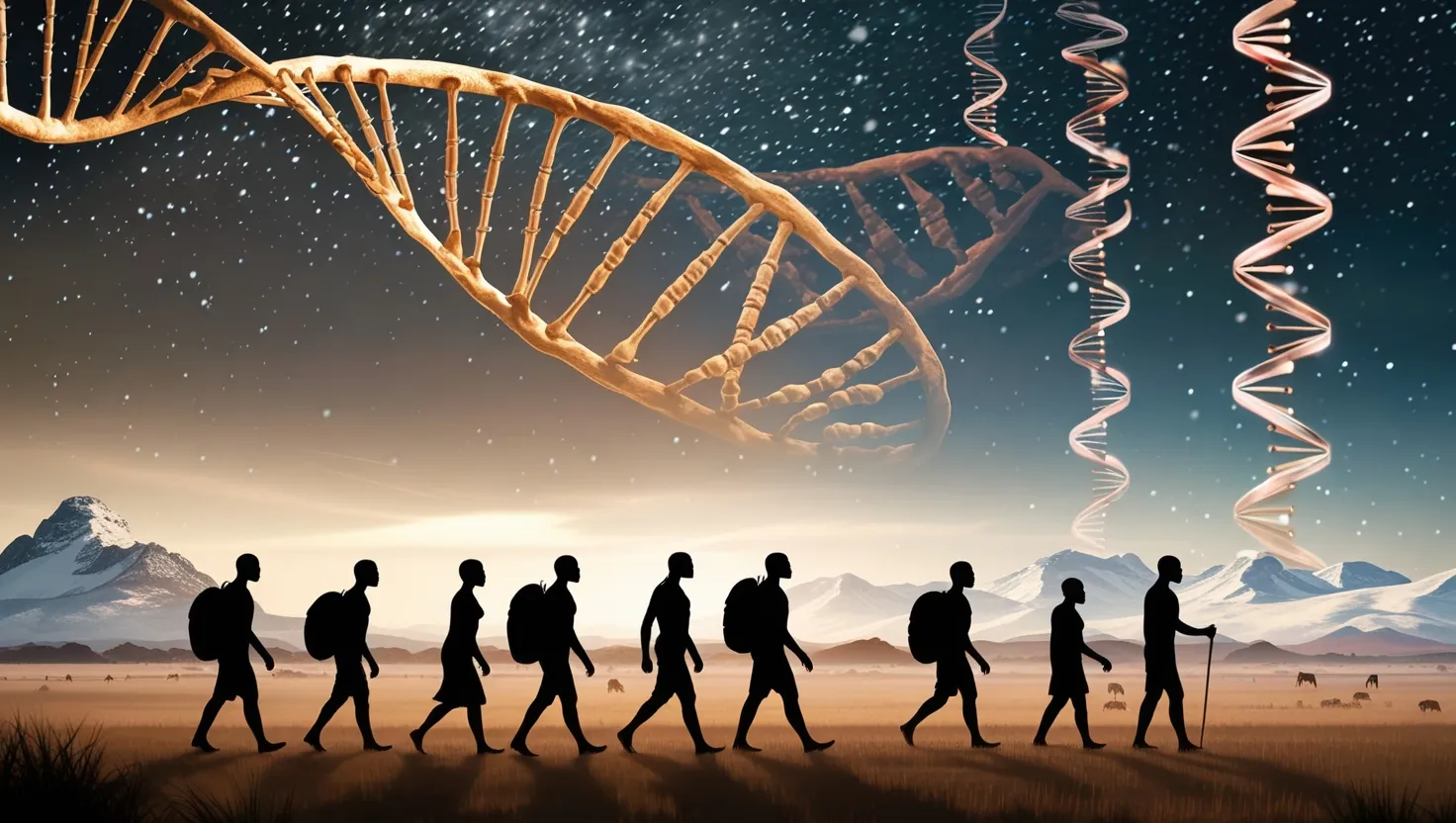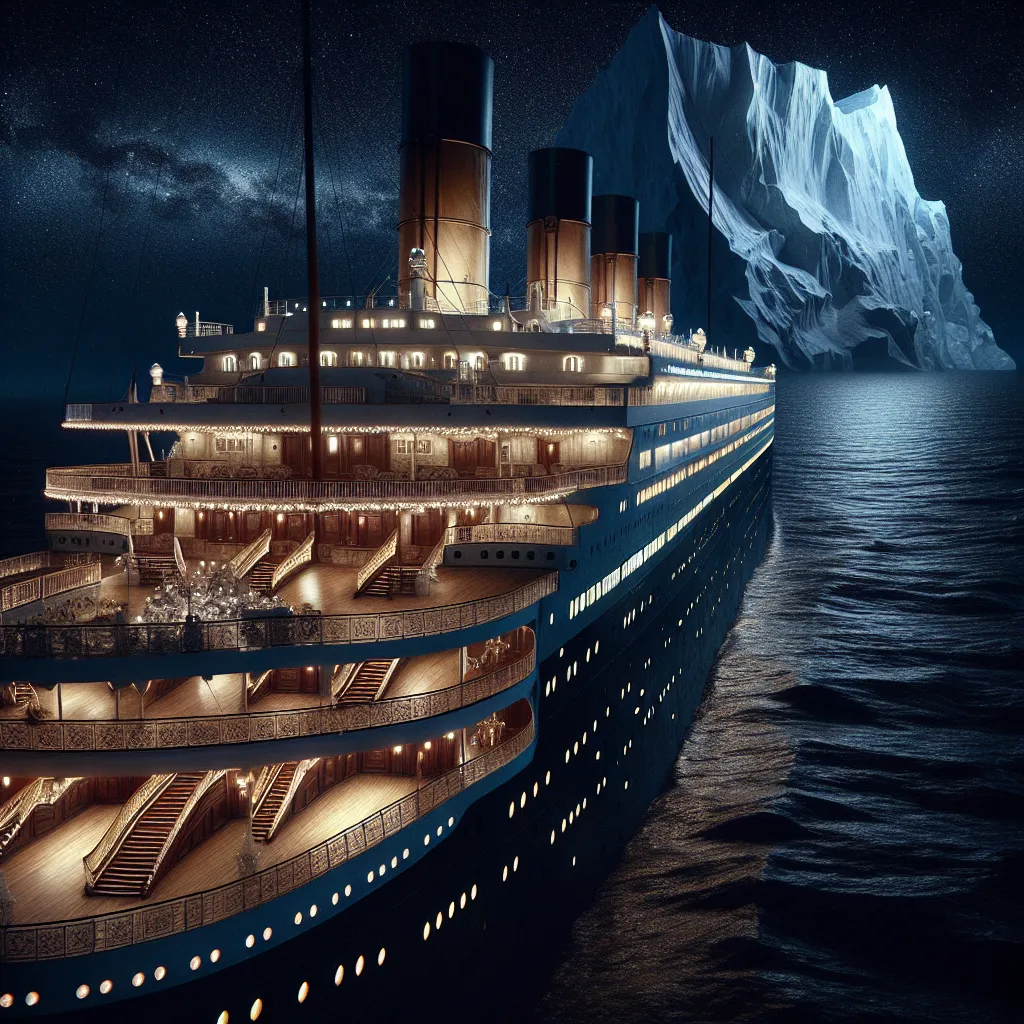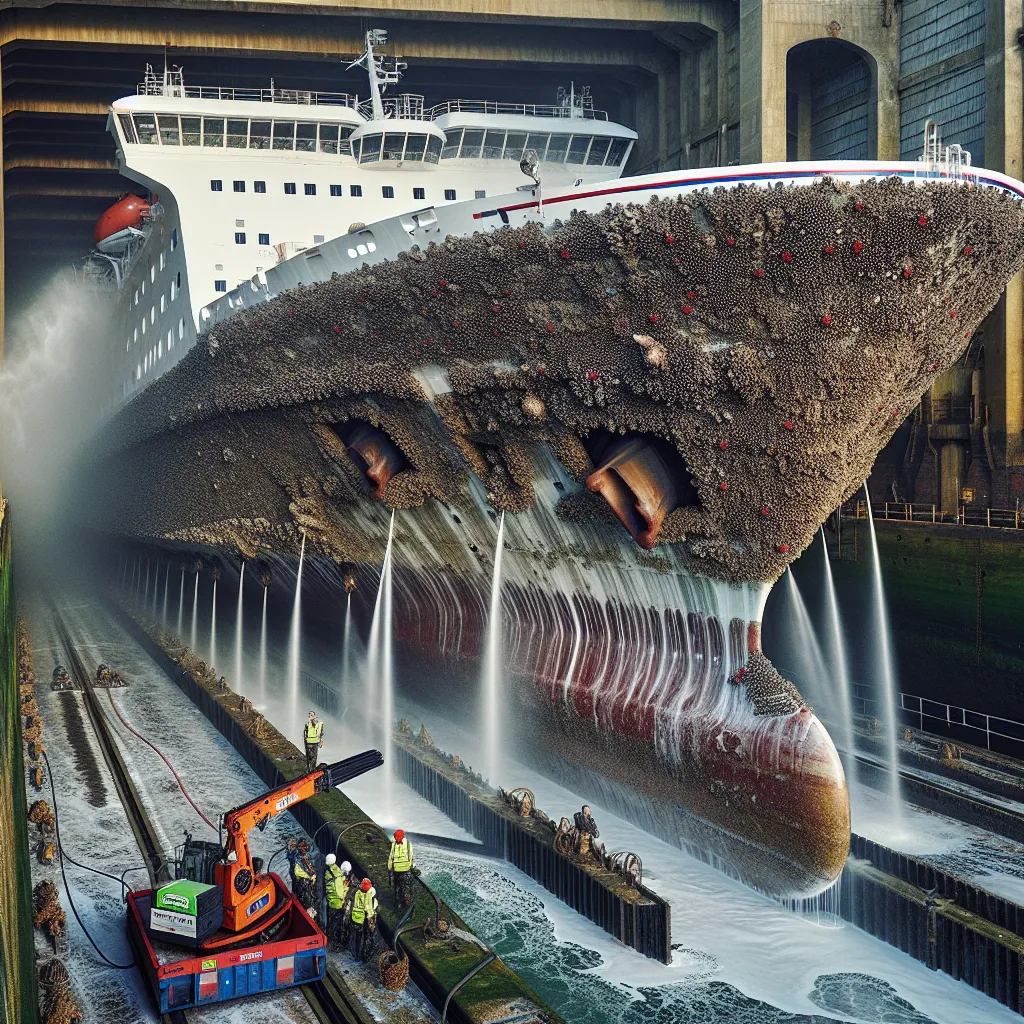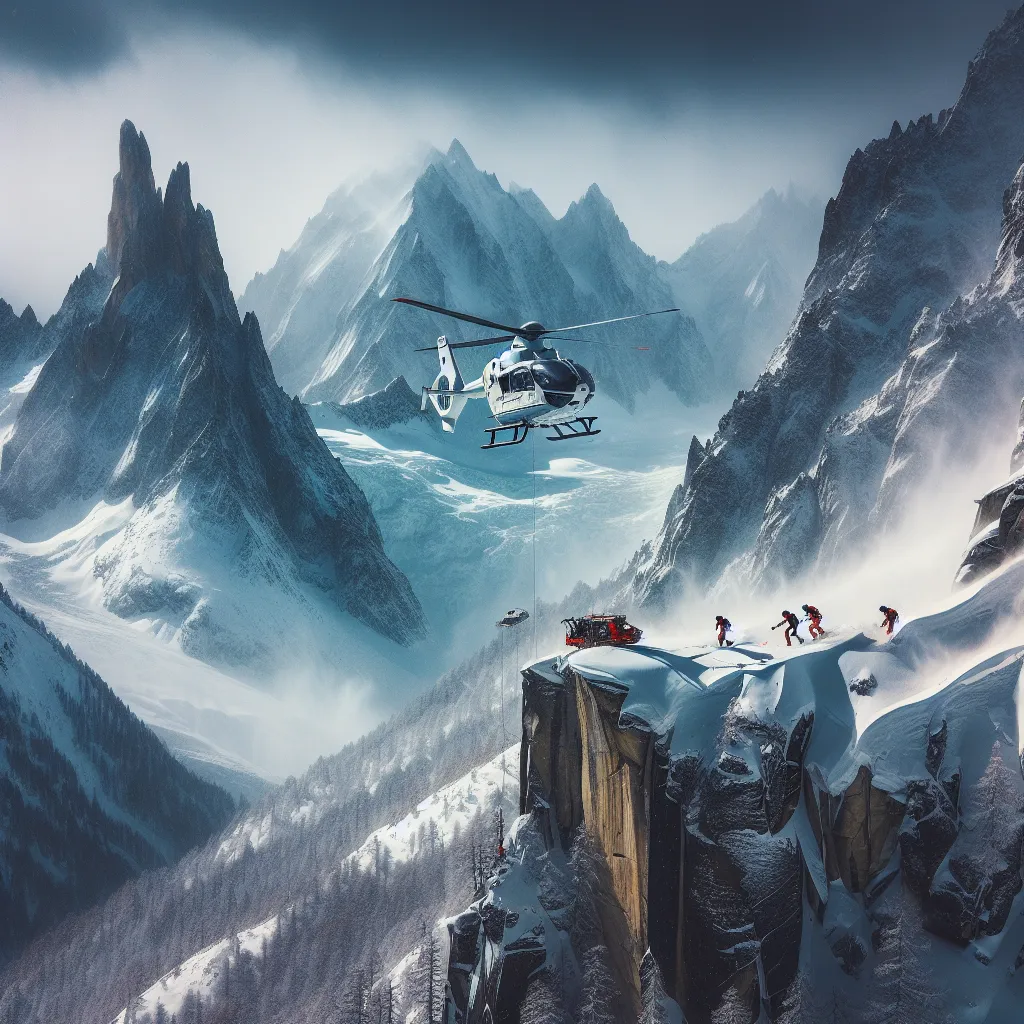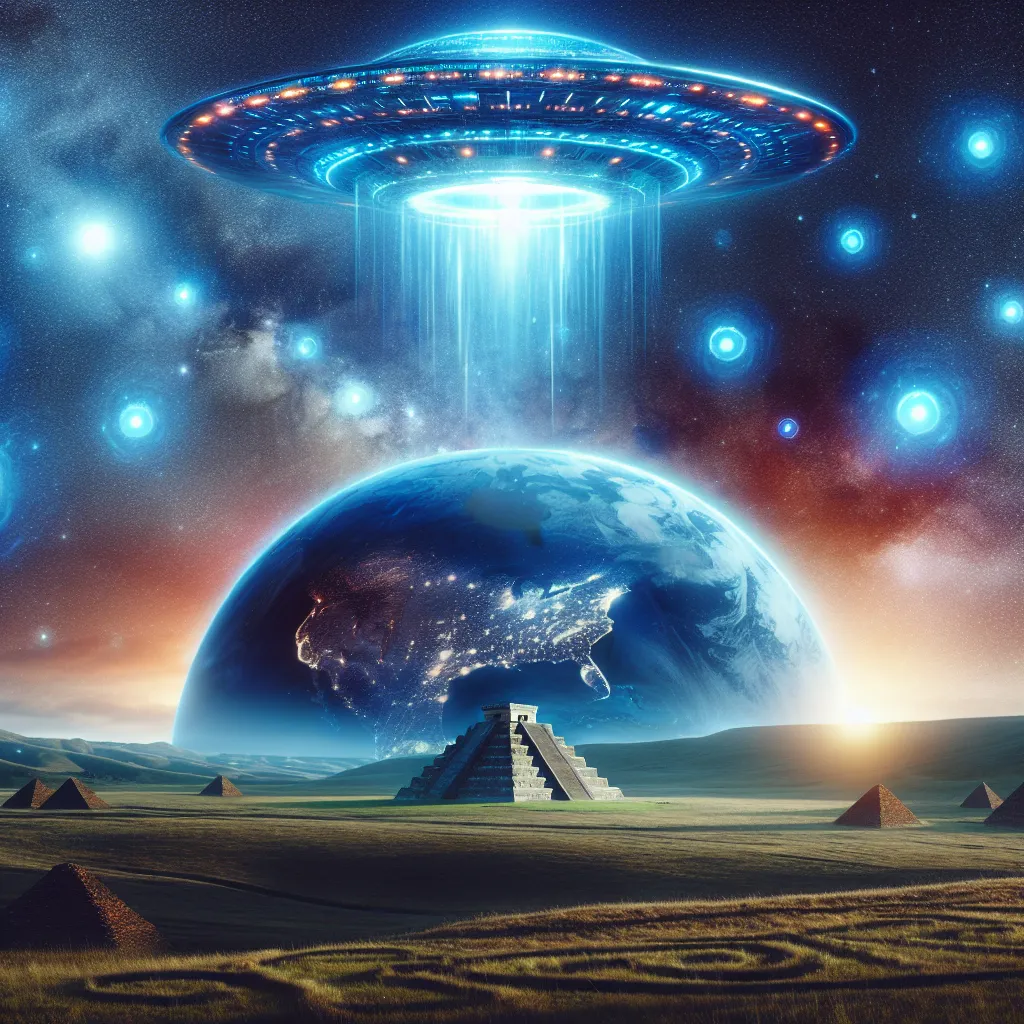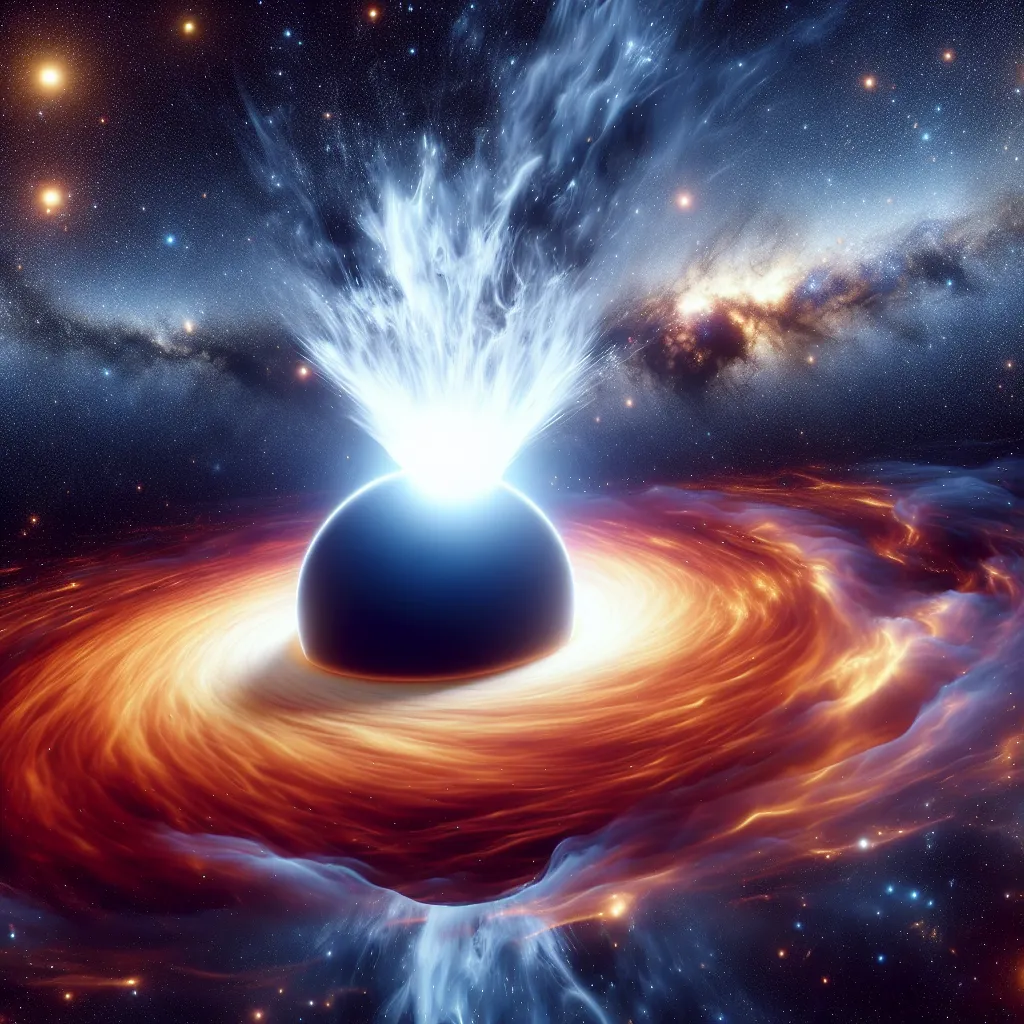The story of human migration is a tale as old as our species itself, a grand odyssey spanning continents and millennia. Recent scientific breakthroughs have shed new light on this epic journey, revealing a narrative far more complex and fascinating than we ever imagined.
Let’s begin with the ghostly whispers of our past. Hidden within the DNA of modern West Africans lies evidence of an ancient, unknown human lineage. This “ghost population” diverged from our ancestors over a million years ago, yet their genetic legacy persists in people living today. It’s as if we’ve stumbled upon a long-lost chapter of our family history, written in the language of genes.
But what does this mean for our understanding of human evolution? It suggests that our family tree is more of a tangled web, with branches intertwining in ways we’re only beginning to comprehend. The idea of a simple, linear progression from early hominids to modern humans has been thoroughly debunked.
“We are the products of a hundred loves, a thousand chances, and ten thousand dreams.” - Unknown
This quote beautifully encapsulates the complexity of our origins. Each of us carries within our DNA the echoes of countless ancestors, some of whom belonged to species we’ve yet to name or fully understand.
Moving from Africa to the Americas, we encounter another revolutionary finding. The traditional narrative of humans crossing the Bering land bridge around 13,000 years ago has been challenged. New evidence suggests a much earlier presence in the Americas, possibly as far back as 30,000 years ago. This raises intriguing questions: How did these early pioneers survive the harsh Ice Age conditions? What routes did they take?
Across the vast Pacific, the story of human migration takes on a maritime flavor. The settlement of Pacific Islands, once thought to be a relatively recent phenomenon, is now understood to have occurred in waves over thousands of years. The courage and skill of these ancient seafarers is awe-inspiring. Imagine setting out across an endless ocean, guided only by the stars and the whispers of ancestral knowledge.
Have you ever wondered what drives humans to explore, to venture into the unknown? Is it curiosity, necessity, or something deeper in our nature?
In Australia, DNA analysis of Aboriginal populations has revealed a genetic continuity stretching back over 50,000 years. This makes Aboriginal Australians one of the oldest continuous cultures on Earth. Their Dreamtime stories, passed down through generations, may contain echoes of real events from tens of thousands of years ago.
But perhaps the most revolutionary finding of all is the evidence of interspecies breeding. Our ancestors didn’t just coexist with other human species like Neanderthals and Denisovans - they interbred with them. This genetic mixing has left its mark on modern human populations around the world.
“We are all chimeras, mixed beings, mosaics of our ancestors.” - Carl Sagan
Sagan’s words take on new meaning in light of these discoveries. We are indeed mosaics, carrying within us the genetic legacy of multiple human species.
Turning our gaze back to Africa, new research has identified ancient migration corridors that facilitated the spread of our species across the continent. These corridors, shaped by changing climate conditions, acted as highways for human movement. They help explain the genetic diversity we see in African populations today.
Finally, let’s consider Europe, where the origins of genetic diversity have long been debated. Recent studies have revealed a complex history of migration and admixture. The idea of pure, distinct European populations has been thoroughly debunked. Instead, we see a history of constant movement and mixing, with waves of migration from the east leaving their mark on the genetic landscape.
What does all this mean for our understanding of human identity? How do these findings challenge our notions of race and ethnicity?
These revolutionary findings paint a picture of human history that is far more dynamic and interconnected than we once believed. Our ancestors were explorers, survivors, and innovators. They crossed vast distances, adapted to new environments, and mixed with other human species along the way.
The story of human migration is not just about movement from point A to point B. It’s about the exchange of genes, ideas, and cultures. It’s about adaptation and resilience in the face of changing climates and challenging environments. It’s about the fundamental human drive to explore and expand our horizons.
As we uncover more about our past, we’re forced to reconsider our present. The boundaries we draw between populations and cultures begin to blur. We’re reminded that, at our core, we are all members of a single, diverse human family.
The implications of these findings extend beyond academia. They challenge us to rethink our concepts of identity and belonging. They remind us that diversity is not a modern phenomenon, but a fundamental aspect of our species’ history.
Moreover, these discoveries highlight the importance of interdisciplinary research. The breakthroughs we’ve discussed have come from a combination of genetics, archaeology, climatology, and other fields. It’s only by bringing together diverse perspectives that we can hope to piece together the full story of our origins.
As we look to the future, what new discoveries might await us? What other secrets are hidden in our DNA, in the earth, or in the stories passed down through generations?
The study of ancient human migration is more than just an academic exercise. It’s a journey of self-discovery, helping us understand who we are and where we come from. It’s a reminder of our shared heritage and the incredible journey that brought us to where we are today.
In conclusion, these revolutionary findings in ancient human migration reveal a history far more complex and interconnected than we ever imagined. They challenge us to rethink our understanding of human identity and our place in the world. As we continue to uncover the secrets of our past, we open up new possibilities for understanding our present and shaping our future.
The story of human migration is far from over. In fact, it’s still being written today, as people continue to move across the globe, driven by the same forces that motivated our ancestors: curiosity, necessity, and the eternal human spirit of exploration.
What role will you play in this ongoing story of human movement and cultural exchange? How might understanding our shared history change the way we view our differences and similarities?
As we ponder these questions, let’s remember that each of us is a living testament to the incredible journey of our species. We carry within us the legacy of countless ancestors who braved unknown lands, crossed vast oceans, and overcame immense challenges. Their story is our story, and it continues with every step we take.
